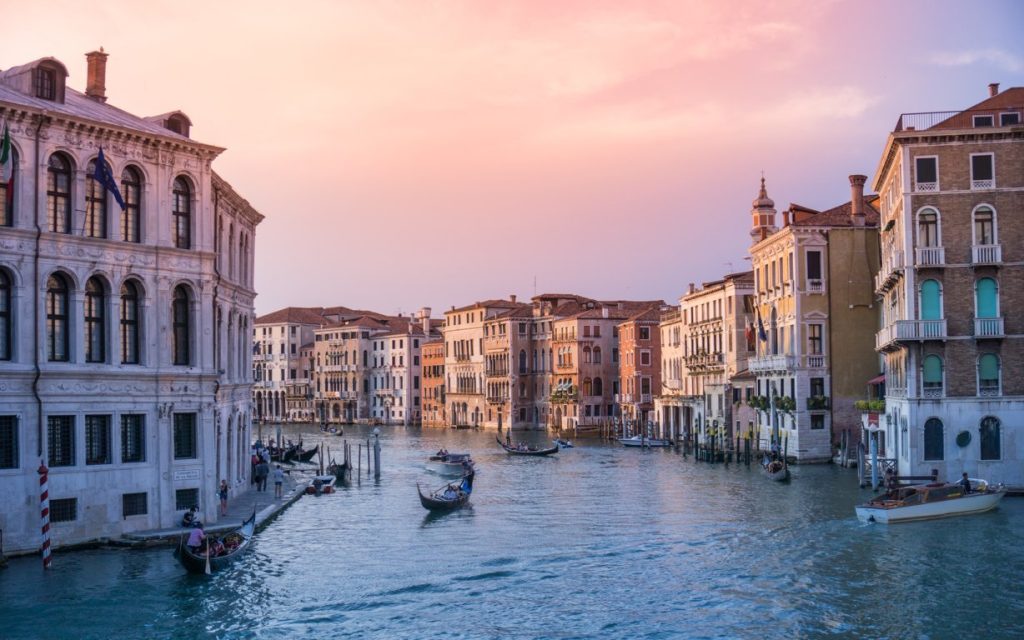Federalberghi Veneto and the consultancy firm Sociometria present the first “Report on Overtourism” to the public. The survey, carried out with the contribution of Teamwork and Cherry Bank, sheds scientific light for the first time on the phenomenon that risks negatively impacting the Italian tourism sector
The first “Report on Overtourism” was commissioned by Federalberghi Veneto to Sociometrics, a consultancy company directed by Antonio Preiti. And with the contribution of Teamwork and Cherry Bank.
The study on the phenomenon of overtourism, analyzed for the first time in a more systematic way and with the help of specific indicators, has an objective.
That is, to provide a solid basis for understanding the issue of tourist overcrowding. As? Placing an analytical approach and objective data at the center of the investigation. In fact, the study wanted to follow a scientific and analytical method that could help identify the actual “excess” of tourist attendance.
That is, understanding the circumstances and ways in which the phenomenon manifests itself. So to do this we started from a series of indicators based on data available and constant over time.
The most effective one presented is the so-called “Tourism Exposure”, which in turn consists of 2 fundamental indicators. That is, intensity and extension. In fact, both dimensions are crucial for understanding and managing the impacts of tourism on a destination.
Once these 2 indicators (intensity and extent) have been calculated, the study deals with “normalizing” them, that is, considering them on a comparable common scale.
And then to combine them together, to create the synthetic fundamental indicator of “Tourism Exposure”. It is calculated at 0 to 1. Therefore where the destinations reach the zero value, it means that in those locations both the intensity and the extension of the tourism phenomenon is minimal, or completely non-existent.
However, if the value is 1, it means that the municipality has the maximum exposure to the tourism phenomenon. In summary, combining the 2 indices, Venice historic center is in first place, reaching a value of 0.76 on a scale from 0 to 1. This means that, compared to a theoretical total saturation of the population and territory of the island of Venice with respect to tourism, we would be at 76% with a theoretical maximum of 100%.
Instead, if we considered Venice as a municipality, therefore considering both the total population and the total extension of the municipality, then the municipality as a whole would be in twenty-eighth place.
ùIn second place is Lazise, with a combined index of 0.52, followed by San Michele al Tagliamento tied with Cavallino Treporti (0.49). Even in the case of this synthetic and general indicator, a value beyond which there is total and overall overtourism cannot be defined unless the maximum value of 1 is reached or close to it.
However, underlines the analysis drawn up by Sociometrics, it is possible to indicatively set the “limit” of 0.75, a saturation value beyond which the tourist presence becomes difficult to sustain and negative mechanisms are triggered on both the demand side.
In fact, tourists would not visit a too crowded location twice; both on the residential side because the quality of life of the inhabitants would be compromised.
Info
www.veneto.federalberghi.it
Picture of Rebe Adelaida on Unsplash







No comment yet, add your voice below!